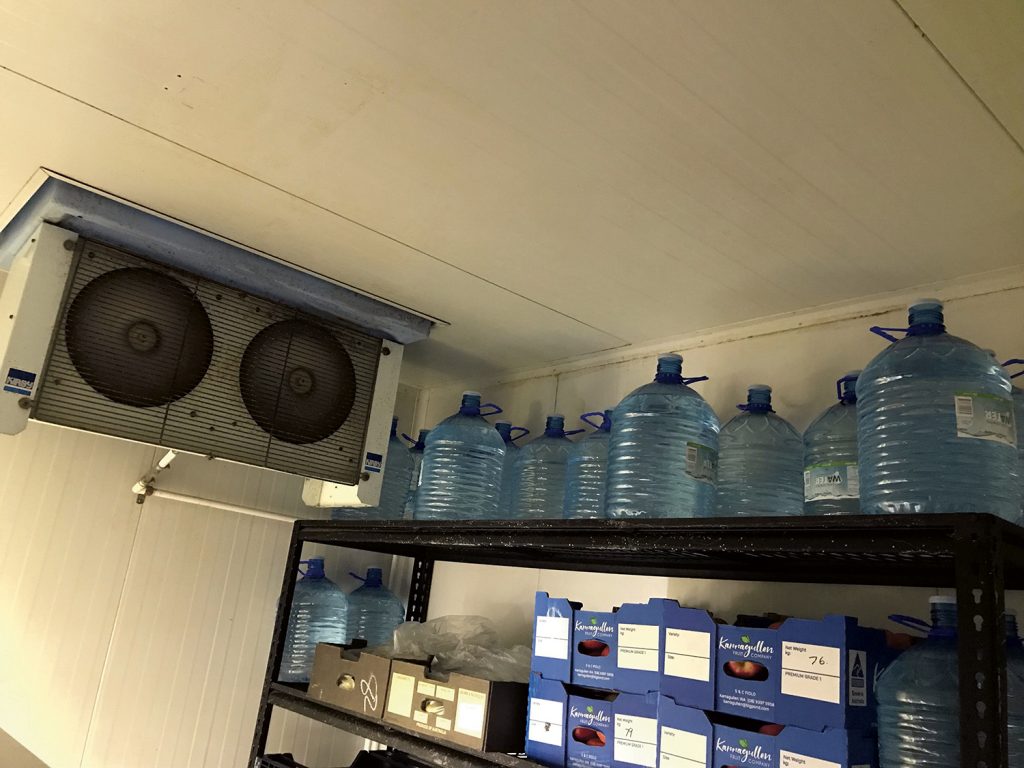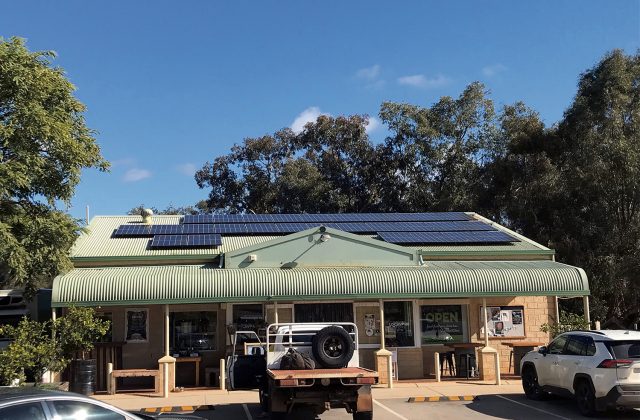In keeping with the store’s ethos of having a light touch on the planet, we have started a new method of saving electricity by being thoughtful with the use of our cool rooms and fridges.
Inspired by the Snowy Hydroelectricity Scheme (SHS) in NSW, which is one of the world’s largest ‘batteries’, we have created an unusual battery. At the SHS, rivers provide electricity by passing over generator blades, allowing the stored water in dams above to be a massive store of energy which can be carefully controlled to give electricity when needed. Each season the snow melts and rains top up the ‘battery’ (energy storage device).
The Locavore Store’s solar power system on the roof converts the sun’s energy into electrical energy. In our case, the majority of it gets used to keep product cool and safe for sale in several fridges, freezers, and two coolrooms. That is, the sun’s energy becomes cooling energy for the storage of produce.
Advice from cooling industry folks was all fairly simple, based around having healthy door seals and good insulative panelling in refrigeration equipment to minimise cool air loss, as well as keeping maintenance up to the cooling machinery to ensure it can work properly. We found we were as good as could be expected there!
Further we found that if we added lots of cold water (in big bottles — see picture), filled as much of our fruit and veg stock into one of our coolrooms, we could store energy that our solar power system has created throughout the day.

The dense bulk of food filling the coolroom becomes what the energy-efficiency industry calls a ‘thermal mass’ that keeps itself cool overnight, allowing us to turn off some of our refrigeration units.
This obviously means we don’t need to buy energy overnight when the sun isn’t producing it for free. The food remains at safely cool temperatures thanks to its own low temperature, and no losses through the door being opened and shut as it is during the workday.
We effectively have a battery in the shop storing the sun’s energy in cool water, cool fruit and cool veg! On a smaller scale anyone can do similar things at home with fridges and freezers.








